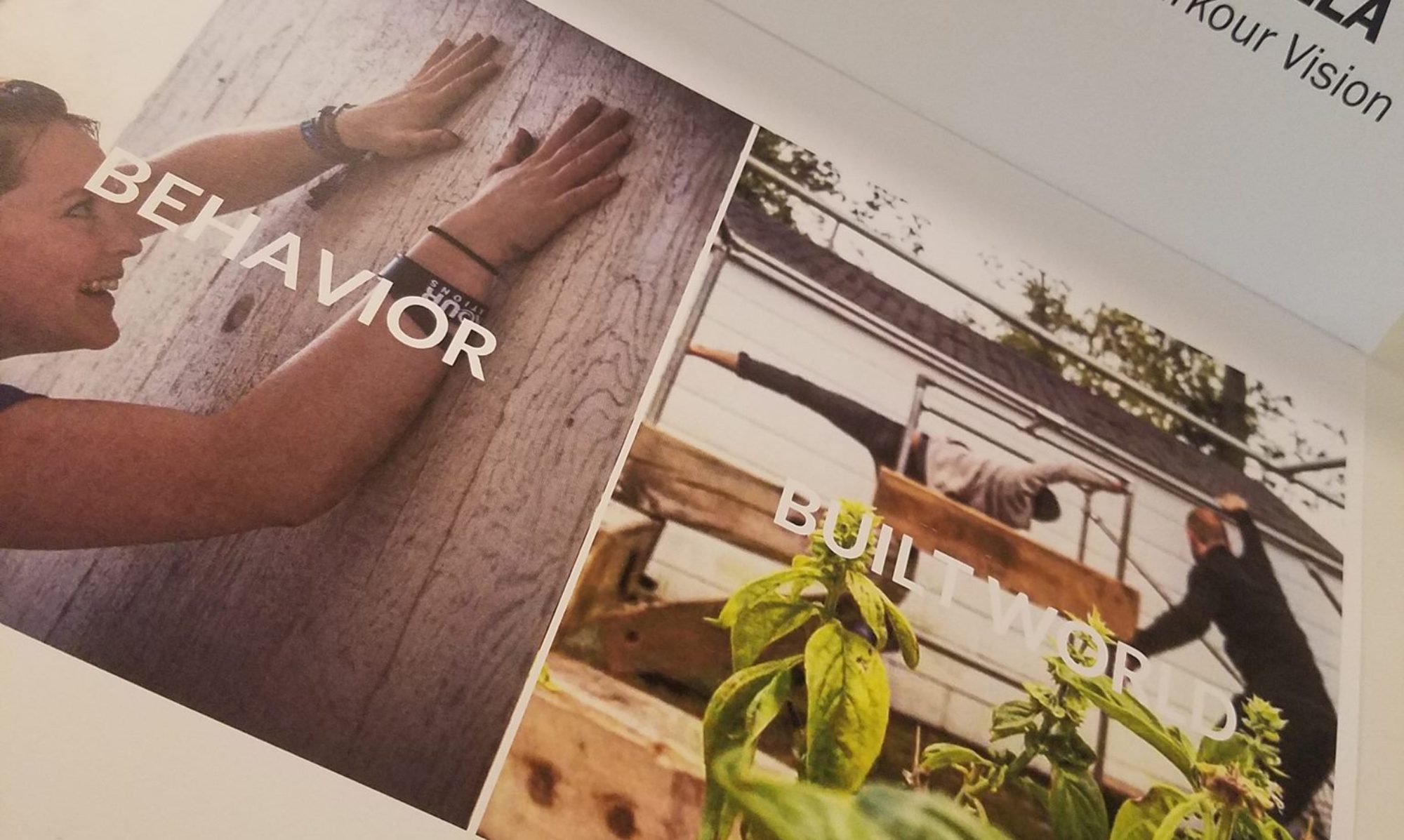“Play is a precursor to intellectual freedom, it empowers individuals with agency and voice. Play is a matter of human dignity.”
You are probably familiar with the term “word gap” – linking children’s vocabulary skills to their economic backgrounds. Well how about the ‘Play Gap?’
Access to opportunities, time, and safe spaces to play are influenced by socio-economic status (class) (as well as by race, gender, and ability (able-ism). Low income children are more likely to live in neighborhoods with limited designated play space, experience higher pressure than their affluent peers to perform academically (at the expense of their play), and have parental time, permission, and encouragement to play.
There are many reasons I think Parkour can uniquely address the major obstacles facing participation for low-income youth. The fact that a child can self-direct and self-challenge and explore in whatever spaces they are afforded, without need for equipment, fees, or team mates, is unlike any other sport.
Furthermore, Parkour breaks outside the rigidities of traditional ‘sport’, with fixtures of rules and competition as the driving force, and allows for actual PLAY–an experience often lost in most sports as participation advances with age.

